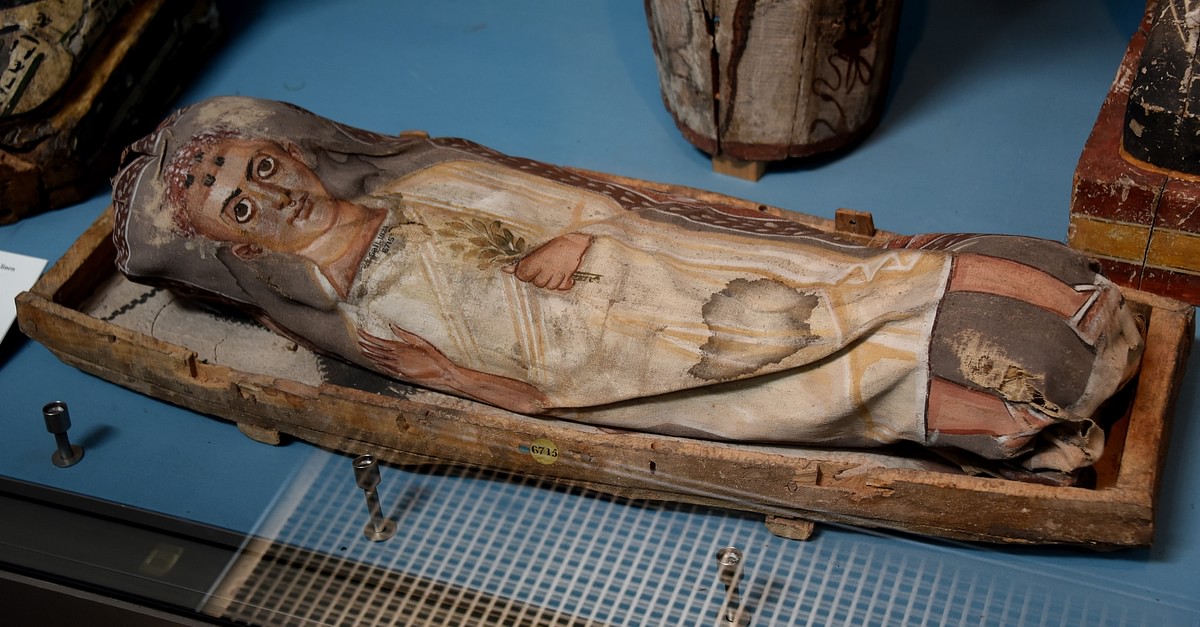

Relatives decorated them and buried them under ground. Mummies were then put into coffins, made out of wood or stone. Inner organs, including the brain, were removed the heart was usually left in the body. It extracted moisture from the skin and flesh. A substance called natron was used to cover the bodies. Embalmers dehydrated bodies and removed all liquids from within. Later on bodies were wrapped in cloth to stop bacteria and other harmful substances from getting to them. Egyptians wanted their relatives to feel comfortable after death.

At first, they started burying dead people in hot sand later on, they built special tombs.

The soul of the dead would be reunited with its body in the afterlife. They believed that they had to preserve the body for life after death. The most famous natural mummy is Ötzi, the Iceman, found in a glacier on the Austrian-Italian border in 1991.Įgyptian society mummified their dead for many centuries. Mummies have been found in deserts and in peat bogs. Mummies have been found in the cold regions of the world, including the Alps and the Himalaya mountains. Mummification also occurs due to extreme weather. They can also find clues to what they ate and what kind of diseases they had.

They discover more about the bodies of ancient people and how they lived. Today scientists study mummies with special equipment and X-ray machines. The British archaeologist Howard Carter discovered the remains of Tutankhamun in 1922, probably the most famous mummy in the world. The British Museum in London currently displays the oldest Egyptian mummy, dating back to 3400 BC. The oldest mummy ever found dates back to 6,000 years before Christ. However, other cultures in South America and Asia also mummified their dead. Mummies have been found all over the world, most of them in Egypt. A mummy is the dead body of a person or an animal that has been preserved by wrapping cloth or other material around it. Skin and flesh disappear and as time goes on only a skeleton is left.


 0 kommentar(er)
0 kommentar(er)
